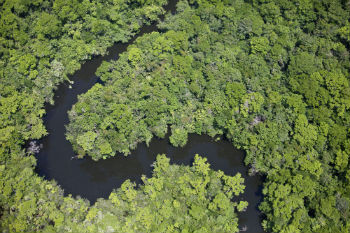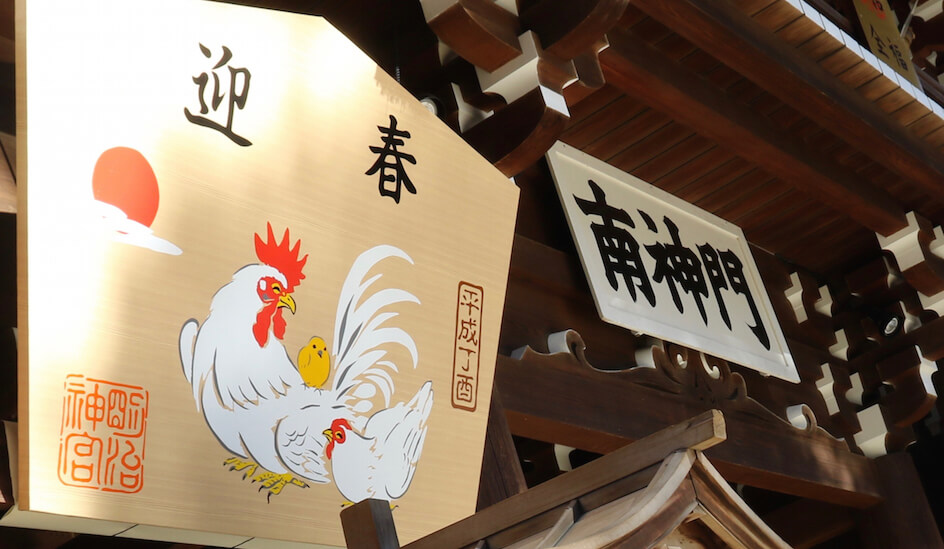Main menu
CEPF is a joint initiative of l’Agence Française de Développement, Conservation International, the European Union, Fondation Hans Wilsdorf, the Global Environment Facility, the Government of Canada, the Government of Japan and the World Bank. A fundamental goal is to ensure civil society is engaged in biodiversity conservation.
Visitez le site français コア情報の日本語翻訳を読むOr use Google Translate to translate the English site to your language:
GTranslate
Celebrating Biodiversity: Year of the Rooster
By: Olivier Langrand, CEPF Executive Director
06 February 2017
06 February 2017
This is the first in our new, occasional blog series, "Celebrating Biodiversity," in which we highlight specific species, recognizing the incredible biodiversity the planet holds.
Per the Chinese calendar, the Year of the Rooster began January 28, 2017, and will end February 15, 2018. As a French national, I felt that I had to write something about the rooster, which is the emblem of France. It is the result of the play on words of the Latin gallus, meaning rooster, but also Gaul, the inhabitant of Gallia, as Romans designated France at that time. In France, the rooster, was featured on coins and stamps during the 20th century, still appears on top of many church belfries and is the emblem of the national rugby team.
But where does the rooster comes from originally?
Four different species of jungle fowl (Gallus) exist and they are all found in Asia. The red jungle fowl (Gallus gallus) is the species that has been domesticated and spread throughout the world. It still exists in the wild in India, Southeast Asia, Indonesia (Sumatra, Java, Bali) and in the Philippines and Sulawesi, where it has probably been introduced. Many parts of the world, including Micronesia, Polynesia, Melanesia in the Pacific Ocean, Réunion in the Indian Ocean and Grenadines in the Caribbean hold introduced populations of the red jungle fowl.
The red jungle fowl is a species listed as Least concern by the IUCN Red List. However, it is a species typical of several of the biodiversity hotspots where CEPF is working or has invested in the past, such as Indo-burma, Himalaya and Sundaland.
While I enjoyed celebrating the Year of the Monkey, as a French avid birdwatcher, the rooster has a special place in my heart.





